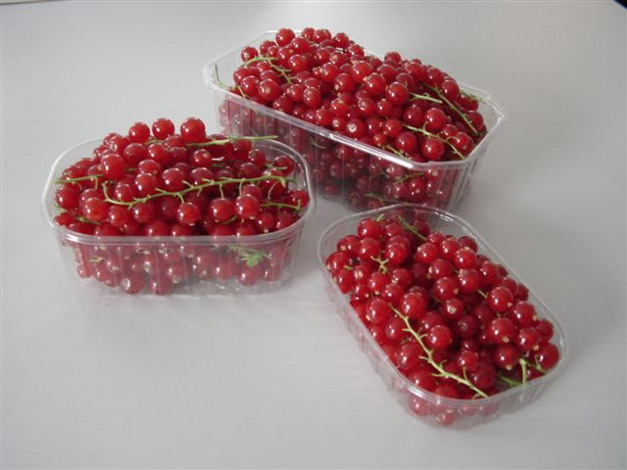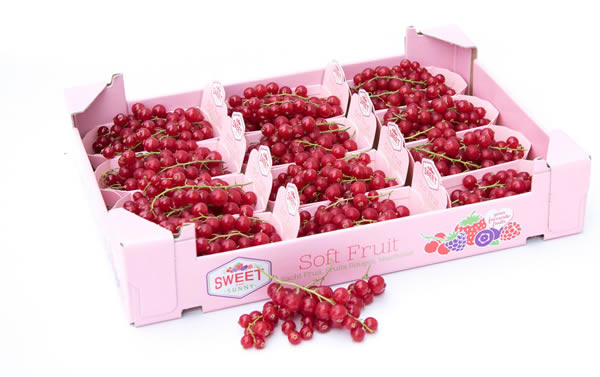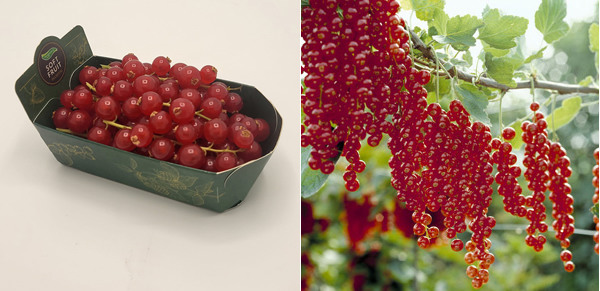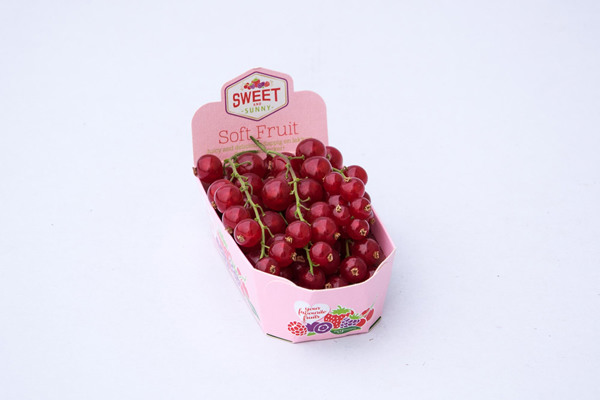By now, Dutch red currant growers have just about finished harvesting for storage. "Kilos were generally slightly lower than last year, but the addition of young plots could make up for that," says Marcel van Lith of The Greenery.

"The older plots are losing more and more plants. Before, the Rovada variety could easily last 15 years, but growers are now replacing them sooner, which doesn't help the cost price." The soft fruit merchant says alternatives to the Rovada are few and far between. "There's the early Haronia variety, but it can't be stored for long. The only berry that can are Rovadas," Marcel explains.

According to him, there is no clear replacement. "In the 25 years I've worked for The Greenery, Rovada has always been the main variety. New variety development has been quite rapid in strawberries, raspberries, and blackberries. But that is lagging in red currants, probably because these are a fairly limited global commodity."

Currently, supply and demand are quite well-balanced on the red currant market, says Van Lith, "There's pretty good demand which our supply can match and keep up well with. That's often the case around this time of year when growers have finished picking for storage. If not, there must be so much harvested that they can't all be stored, but that's not the case this year."

"Red currant sales ran smoothly the whole season, except for the early greenhouse berries. That surprised everyone because the last stored berries sold very well, which should have led to a nice transition. However, the price pressure was very quickly felt in greenhouse cultivation, where costs require higher prices. After that, sales recovered quickly. "

"The coming weeks' market outlook looks favorable too. There definitely won't be market oversupplies; few berries must go in the short term. Since the pandemic, retailers have increasingly included red currants in their assortment. However, cost increases continue to greatly affect this labor-intensive soft fruit production. That puts more and more pressure on cost prices. And then, during harvesting, the weather was bad for roughly ten days. That didn't help picking performance," Marcel concludes.
 For more information:
For more information:
Marcel van Lith
The Greenery
Tel.: +31 (0) 180 656 974
Email: m.vanlith@thegreenery.com
www.thegreenery.com
